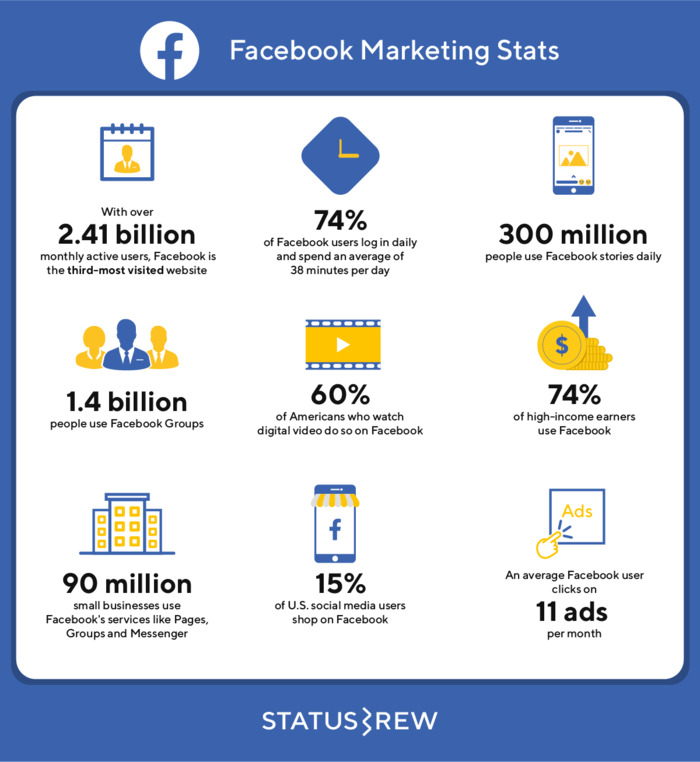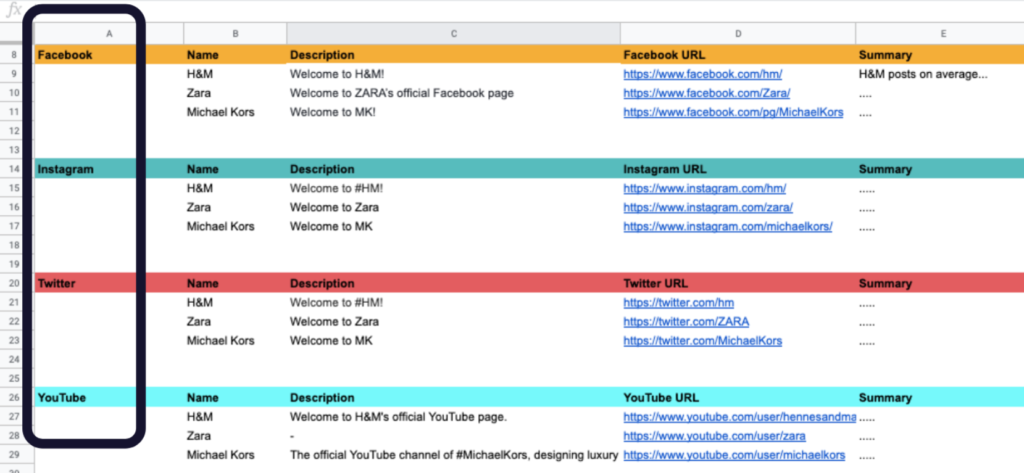Your brand has finally made a space of its own on Facebook. All that’s left is to wait for the likes, comments, and sales to come rolling in.
Weeks pass by and then, a month. Yet, you’re still struggling to get people to engage with your content. You check out the page of a competitor and find that each post has over 100 likes and comments.
So, what are they doing differently?
Most brands are quite content with an analysis of their own activity. As long as they see an increase in the number of likes, comments, follows, and shares from the previous month, things are peachy.
But that won’t do much for you in the long run. You need to get ahead in the game and the best way to do that is through a Facebook competitor analysis.
In this article,
Facebook competitor analysis
A competitive analysis is a way to benchmark your own results with bigger brands. It helps you understand where you are falling behind and where you are getting ahead.
You can use competitor analysis to compare your own social marketing strategy with that of your competitors and identify gaps in your performance.
But wait, does this mean that you get to spy on your competitors? No – corporate espionage is still illegal, so please don’t spy on anyone.
This, however, lets you analyze your competitor’s social media strategy by taking a closer look at their public behavior on Facebook.
Think of yourself as the coach of a football team, currently playing against their rival. You’re keeping an eye on your team, but you’re also observing the competitors, trying to figure out what strategies they’re using, what they do well, and how to take advantage of their weak points to get ahead. All this in real-time.
So, how can a competitive analysis help you with your marketing strategy? To those of you who are still undecided, here are a few reasons your brand can use competitor analysis to get ahead:
It helps you zero in on your target audience
Figuring out your ideal audience can be a little difficult. Sometimes, the audience you have in mind is not necessarily the one you seem to be attracting. By advertising to the wrong audience, you may end up losing the ones who are interested in the product or service that your brand has to offer.
A competitive analysis can help you identify who your competitors are speaking to and how they are reaching out to them. You’ll even get useful information on how they keep their engagement rate up, which you can put to good use as a part of your social media strategy.
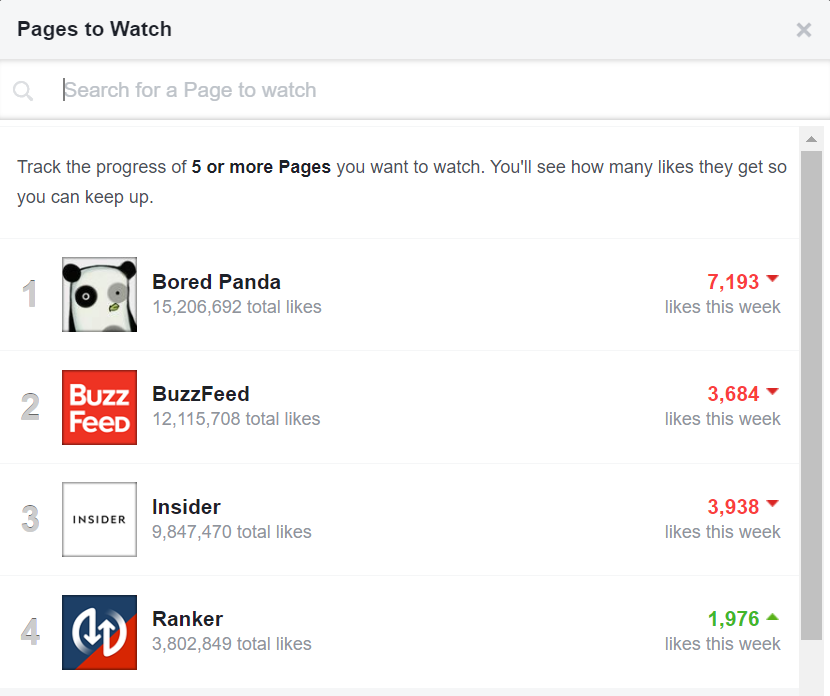
It helps you learn from your competitor’s mistakes
We’ve all seen those news articles about brands making major missteps when it comes to posting on social media. A competitor analysis can show you where your rivals have made mistakes and how they dealt (or didn’t deal) with it.
Let’s face it, learning from someone else’s mistakes is a lot less painful than making them yourself. Some things are just better experienced secondhand.

It helps you stand out from the crowd
A lot of brands set up a Facebook page just to tick one thing off their marketing checklist. But an engaging page needs a lot more than just a few posts here and there.
Taking a look at what your competitors are doing can also shine some light on what you can do better. Your audience will definitely repay you for it.
A good competitor analysis worth it’s salt is one that is thorough. Get a comprehensive report of your competitors on Facebook, along with their weekly activity and other metrics with Social Animal, the analytics tool that does a whole lot more for you. You will also learn more about what’s trending in your industry and how you can leverage that for your social media marketing strategy.
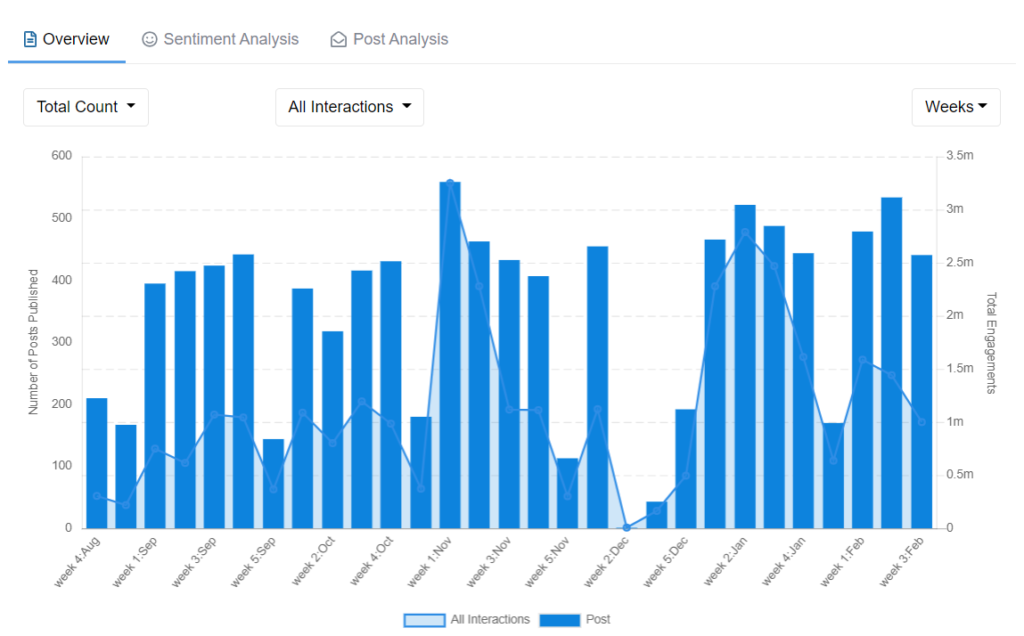
Conducting a Facebook competitor analysis
So, you’re ready to get started with your own Facebook competitor analysis. But how would you go about this?
Every good competitor analysis consists of five simple steps. Stick to it and you’ll find yourself with a marketing strategy that will get you closer to the top of the social media food chain.
Read: 10 Social Media Marketing Mistakes That Can Wreck Your Brand
Step 1 – Identify
Whether you’re in war or marketing, the first step is to always identify your competition.
Start by identifying the keywords that are relevant to your industry. You can do this by using Google to figure out popular keyword combinations by simply typing out a part of it in the search bar. Search for your keywords and you will find a list of businesses using those specific keywords.
Pay attention to the brands that show up as the top results as well as the ones whose ads show up first. You can visit their websites for links that lead to their social media pages.
The next step is to log onto the platform of your choice, like Facebook and type in the keywords that are relevant to your industry. Make a note of the top results that show up when you do this.
When you compile your list, make sure that it is populated by brands that are not just big names in your industry but also the ones who have a flourishing social media presence. You need to look for those who are actively using Facebook to promote their business and reach out to their audience. These are the ones who will give you the information that you can use for your own social media marketing strategy.
You can also identify competitors by discovering top posts, related to your keyword.
How?
With a little help from Social Animal’s Facebook Search feature. It helps you easily comb through millions of Facebook pages and posts to find the top-ranking ones with the highest engagement for you.
The rule of thumb is to pick five competitors, whom you will monitor on a regular basis. Too many competitors and you’ll find yourself drowning in data. Fewer competitors provide little data, which won’t help you with your analysis.
Step 2 – Gather
Once you have your list, it’s time to roll up your sleeves and start collecting data. Check out your competitor’s pages on Facebook for information like their follower count, the total number of likes and shares and more.
Facebook makes this a little easier with their Pages to Watch section. You’ll find this free, nifty little tool under the Page Insights section. Add your key competitors and you can track metrics like:
- the number of people following their Facebook page
- the total number of posts shared on a weekly or monthly basis
- the kind of reactions to their posts
- total number of page likes, including any changes from the previous week
- engagement count for the week
Make a list of the features that are enabled on their Facebook page. If you notice a trend in the type of features enables, that’s something your brand should take into consideration, too.
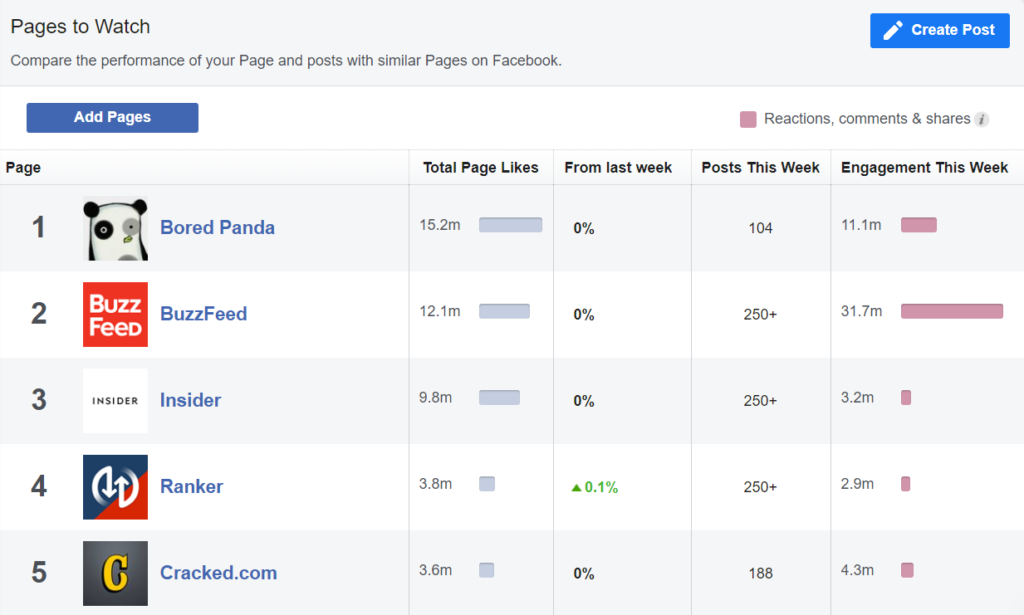
Step 3 – Analyze
Once you have your data in place, it’s time to take a closer look and analyze this information to understand your Facebook competitor.
For instance, when it comes to brand activity on Facebook, you will be able to see just how active they are by watching their posting frequency and their responses to comments. A brand is considered active on Facebook if they post once every two to three days.
If you are just starting out, you can also look to your competitors on Facebook for ideas on brand tone. Go through their posts to see how they are presenting themselves to their audience. This will help you figure out how to position your own business on Facebook.
Another thing to consider in your analysis is the type of content that is being posted by your competitors. This can help you uncover the brand’s content strategy.
How many of their posts are promotional? How many are audience-focused to increase their engagement rate? Do they share posts from their customers? What links are they sharing on their pages? Are they posting ads?
Pay close attention to top posts from your competitors. Find posts that have received the greatest engagement and note down the type of content presented, the formats used and the number of likes and shares received.
You can also do this on Facebook by going to the Posts tab on your page and clicking on “Top posts from pages you watch”. This useful tool lets you see the top five posts from your competitors ranked in terms of best social engagement.
Once you know what kind of posts are being shared by your Facebook competitors, it can help you better adjust your own social media marketing strategy and put out content that will attract engagement.
Looks like a lot of work?
Social Animal makes your analysis much easier with their Competitor Monitoring feature. Keep an eye on what your competitors are doing, how they create and distribute content on their pages and more. The Digital Dashboard helps you stay on top of your Facebook game with pro-active reports about your competitors and keywords.
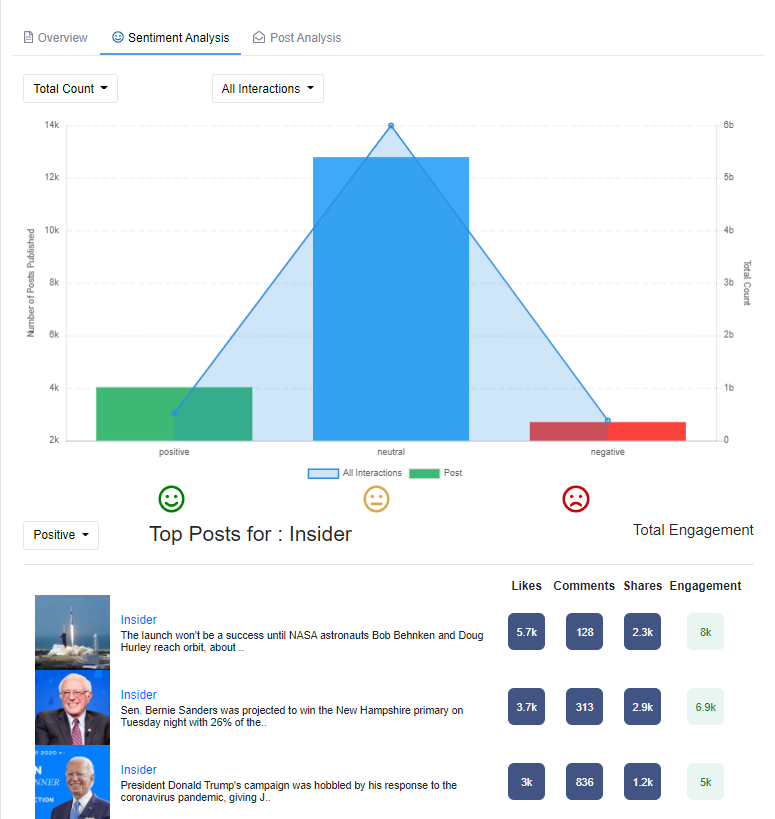
Step 4 – Incorporate
This is the part where you start incorporating these insights into your own social media marketing strategy, by making comparisons with your competitors on Facebook. Use the data in hand and compare it with your own metrics in terms of engagement, content, number of posts and types of posts.
Figure out what your competitors are doing differently. Maybe their social content is more engaging or their post formats more attractive. You will not only be able to understand what your competition is doing well but also where you are leading in terms of performance and engagement.
This can also help uncover gaps in your posting strategy as well as your competitors on Facebook, giving you a chance to adjust your content accordingly.
Remember that the data that you have gathered through this analysis is a guide to do better and not an instruction booklet. When you are done with your Facebook competitor analysis, you should be able to produce a strategy that is uniquely yours, made up with insights from your competitors and their behavior.
Step 5 – Repeat
Social media networks are notoriously fickle when it comes to things like trends, keywords and worst of all, algorithms. You need to keep an eye on what’s going on at all times.
Competitor analysis is not a one-time thing to check off your list. In order to make sure that your brand stays on top of the social media game, you have to continuously monitor your Facebook competitors and their activity. Keep in mind that your competition is constantly changing and you need to change with it.
It’s easier to stay up to date with your competitors on social media with Social Animal. Get updates about your top competitors in your industry and their content on Facebook and other social media networks on your Dashboard and through daily digest emails.
Grow your Facebook page
with intelligent analytic
reports
Monitor competitors & find new opportunities
Facebook is a great place for brands. It provides a free platform with incredible tools for great growth. If used well, it can help your business gain more insights and learn from them, leading to a more expansive reach, both on their page and off.
Other articles that you might like,
